***Trigger warning*** This article deals among other things with child abuse. It shows how child and youth protection looks like in different European countries.
If you are suffering from domestic violence, are worried about a child who may suffer violence, feel overwhelmed as a parent or are prone to violence, you may contact the following contact points:
Brussels in 1913: At the first International Congress on Child Protection, international treaties for the protection of children are discussed. The General Assembly of the League of Nations then adopts the so-called Geneva Declaration on 24 September 1924. However, this was not a legally binding agreement and lost its validity with the dissolution of the League of Nations. In November 1959 the United Nations adopted the Declaration on the Rights of the Child. Exactly 30 years later, the legally binding Convention on the Rights of the Child (UN Convention on the Rights of the Child) was adopted. Since then, all states of the world have signed the convention and all states except the USA have also ratified the convention.
Children and young people must not only be protected from war and hunger, but also from abuse in their own homes. Child abuse is the generic term for physical, sexual and emotional violence and neglect of children. Let us now look at how Europe is doing to protect children and young people.
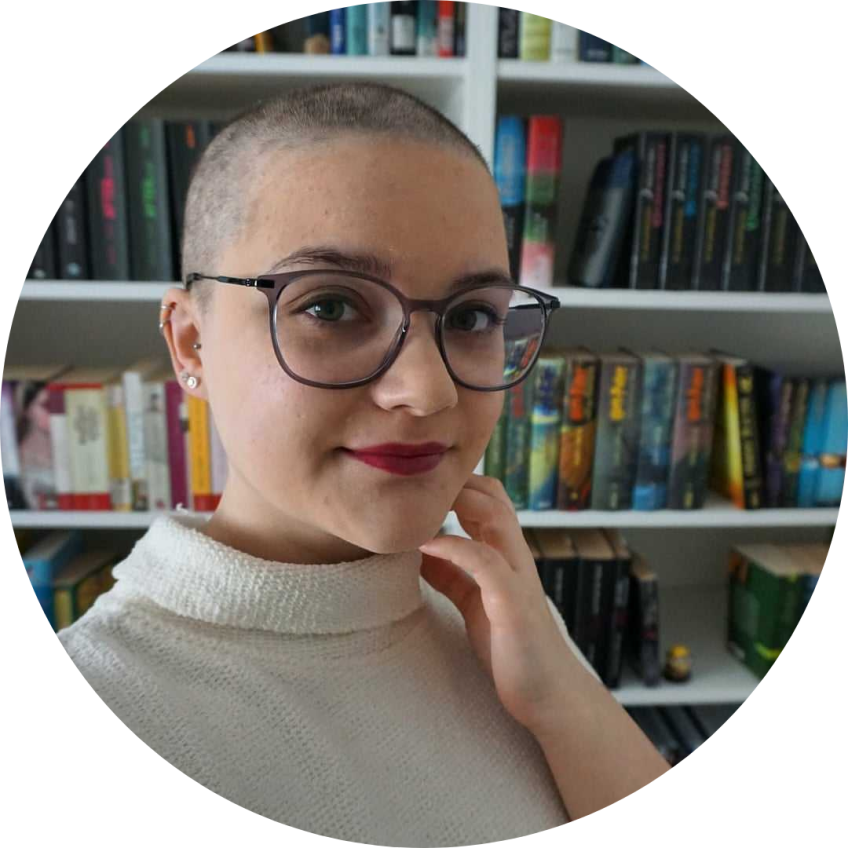
Stefanie Neufeld about Germany
In Germany, the number of people affected by child poverty increased slightly. In addition to this, however, in 2018 10 percent more cases of child abuse were registered. The statistics also show that sexualised violence against children is increasing. Currently, an average of 43 children and young people per day suffer from sexual abuse in Germany. It must always be remembered that the number of unreported cases is much higher since many cases of child abuse are probably never reported.
In Germany, there are various offers of help for affected children and young people, but also for parents who feel overwhelmed with the upbringing of their children. The “Bundesstiftung Frühe Hilfe” supports young parents in difficult situations so that the situation of a child’s well-being is not endangered in the first place. Child and Youth Services is a particularly complex and emotionally difficult undertaking. The complex does not only consist of the youth welfare office and “children’s homes” (which are extremely stigmatised in most people’s minds), but it is a complex interaction of various institutions and persons. Taking a child or a young person out of the family, which is usually associated with child and youth welfare, is only one measure that is taken if the child asks for it or if the crisis intervention makes this necessary. This sounds simple, but often it is a tightrope walk. In addition, a child is not, as is often wrongly assumed, completely torn out of family life. If the situation allows, there are always opportunities for visits and the goal is, if possible, a return to the family.
Especially due to the Covid-19 pandemic, the issue of domestic violence has moved into the focus of society. Since many organisations raised the alarm that this situation could lead to increased violence against children but at the same time to a decrease in reports of possible threats to the well-being of children, the help portal No Child Left Alone was founded by the Independent Commissioner for Abuse of the Federal Government. Via the portal, children and young people can be advised via chat, e-mail or telephone. They can find tips on how to deal with threats of violence and also advice for people who suspect that children are endangered can be found there. The link to the page is not displayed with the original name in history so that offenders do not become suspicious when checking Internet histories. Further preventive measures are, for example, the initiative “Trau dich!” for the prevention of sexual abuse against children.
Overall, the situation in Germany is well-positioned, although the topic is oftentimes a taboo. Affected children and young people often do not even talk about it with close friends. Rising values in statistics also indicate that more prevention work must be done and that youth welfare offices may also have to take tougher action to protect children and young people from maltreatment and the associated traumas in the long term.
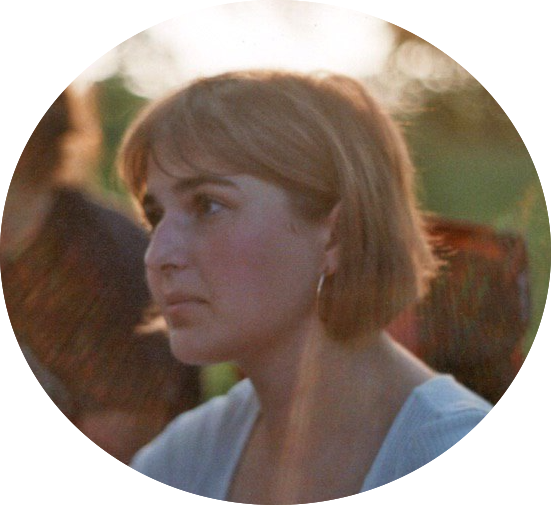
Arnisa Halili about Sweden
Sweden is considered to be one of the most child-friendly countries in the world. In 1979, Sweden was the first country in the world to ban physical violence in child education. What does Sweden do differently? The right of children is stronger than the right of parents. In Sweden, interventions are often carried out more quickly and the children are taken away from their parents. A comprehensive reform of the Swedish social service in 1982 made this possible for youth welfare offices. Compared to Germany, the number of children placed under state care is six times higher. A few years ago, complaints were brought before the European Court of Justice against Sweden because too many children were taken away from their families there, compared to neighbouring countries. Although the state interventions can be seen critically, statistics have shown that the number of children who die from domestic violence has fallen. The high numbers of interventions are also due to the fact that more and more people are informing the authorities when a child is unwell. There is a general obligation for professionals and special legal representatives of children to report, although this does not guarantee that reporting will actually take place.
In Sweden, there are many ways in which children and young people can get help. One of these is the children’s rights organisation Barnens rätt i samhället (BRIS, Children’s Rights in Society), which offers a telephone helpline and consultation via chat and email. Their telephone number is placed on exercise books, in classrooms or on bracelets to be visible for children. Nevertheless, the help services for children and young people vary regionally, because municipalities and local authorities can decide independently on matters concerning children. As a result, certain young people experience less help than others.
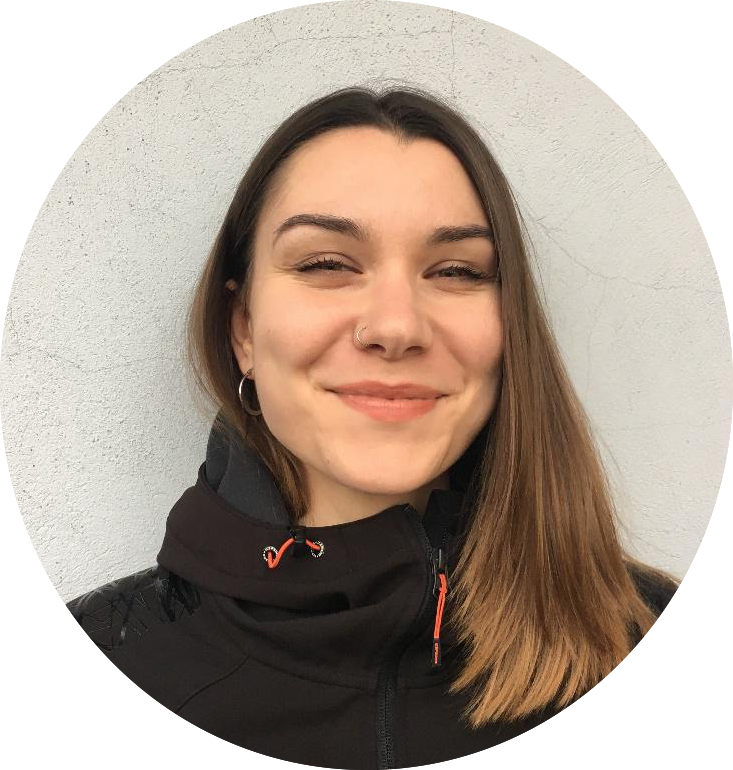
Magdalena Janžić about Croatia
When I was asked to reflect on what is understood by a child and youth protection in Croatia, I realized I didn’t have a vague concept on what would the definition be. The topic of a child and childhood in the media often comes in the form of a commercial – if you buy this, you will make your child safe. When riding across the country, one can see 113 “Child-friendly city” signs, which means the city is fulfilling the criteria established in the UN Convention on the Rights of the Child. Before the lockdown, the blue UNICEF stands in the streets of Zagreb exhibited parole – if you donate here, you will make some child safer. However, the image of a real-life child’s challenges remained blurred.
According to the Croatian Buro of Statistic, one-fifth of Croatian citizens in 2015 was in risk of poverty, and amongst them, children and youth are the most endangered group. The problem was acknowledged by the Croatian Ministry of Social Policy and Youth’s strategy to fight poverty 2014-2020 as inseparable from a wider national context. There is a number of institutions and non-governmental organizations which provide a platform for parents and children facing specific difficulties, such as a disability or family violence. In rare occasions when the topic of child poverty appears in the media, the image becomes more personal: it is a child whose parents can’t afford lunch in school in the Any Neighborhood Primary School. A pattern emerges: as a reaction to the children’s situation the solutions are found on smaller scales by personal help or an effort to apply for national or EU funds (e.g. FEAD).
Among the many challenges children are confronting, the local poverty and its consequences seem to be the least visible ones. They seem not to form part of the public childhood narratives and they may not always be observable to those who don’t know the child directly. Child poverty is often silent, which is why we should be louder about it.
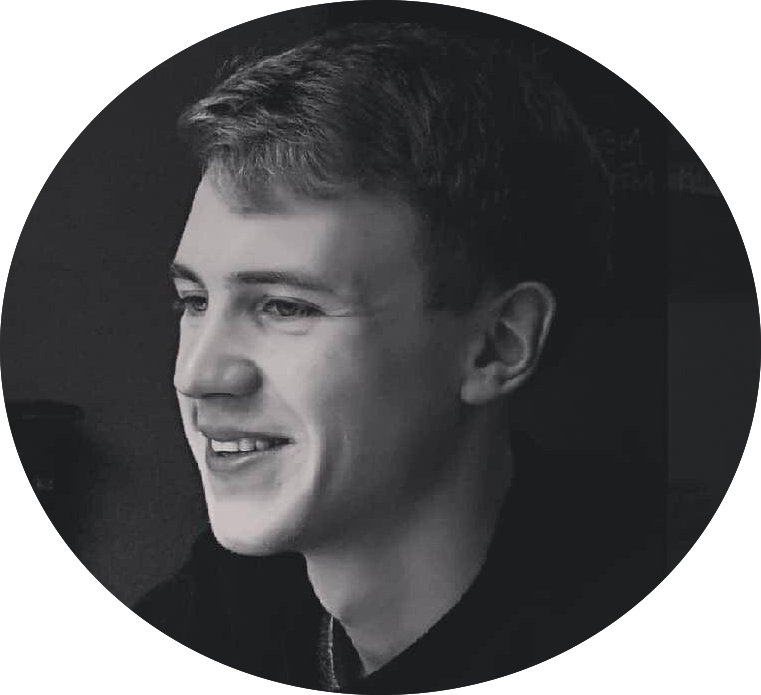
Gytis Nakvosas about Lithuania
Children rights is a big subject in Lithuania, even though it isn’t always in the public eye. There have been many discussions and unfortunate incidents, but I would say that we came a long way. When I was a kid, if someone on the 1st of June would tell that children have their rights, typically, a reply but what about their obligations? would follow. Yet now, I see signs of genuine discussion about the wellbeing of children, and the state takes effort to protect and take care of the children. Some time ago, children were being frightened with the idea that children rights agency can pick them up and they might end up in an orphanage. We would let the problems of violence, alcohol and negligence in some families slip through fingers until news about dead children break out. Now, children have a dedicated hotline to tell of their problems, and psychological help isn’t something scary anymore. Childcare agents can save you from an abusive environment and find someone who is dedicated, or try and work with your family so that they change for better. People are being encouraged to adopt those in need.
There is a long way to go through. Many still think that families are a precondition to the wellbeing of a child itself. Especially the Norwegian child and youth protection organisation “Barnevernet” caused a sensation by taking away our children, even though we know that families can sometimes be detrimental to the well-being of the child. Some still put families into first place, and focus on the obligations, not rights of children. Some got engaged since a law forbade any form of violence towards children because it encroached their freedom. Hopefully, there will be fewer people who think so, and it will be normal to put the children first and trust the state taking care of them.
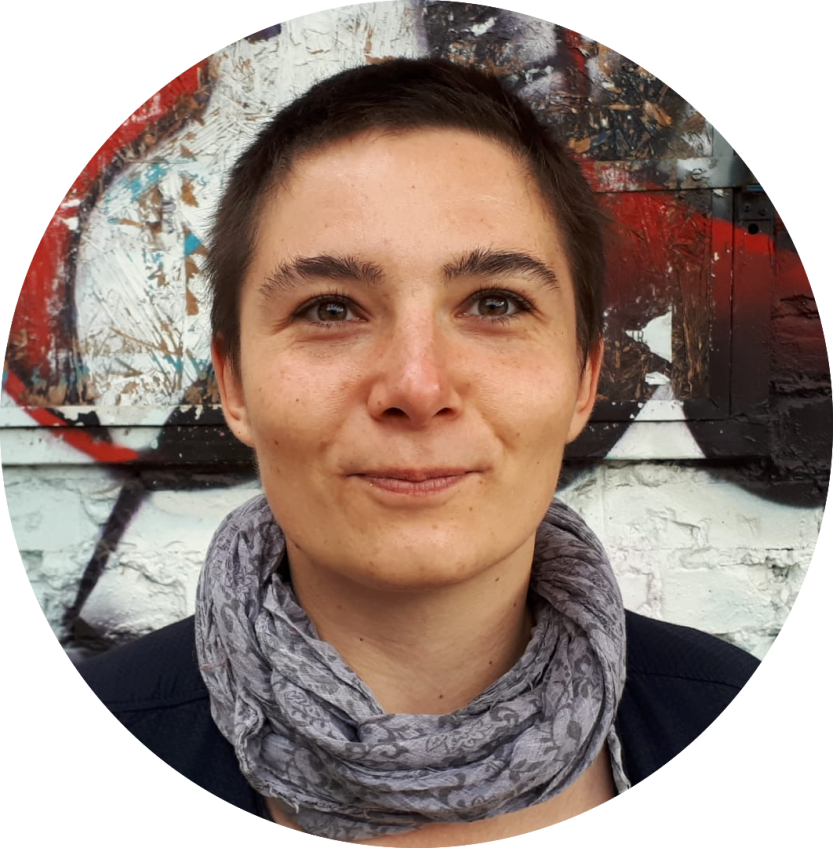
Andrea Joveski about North Macedonia
In legal terms, the rights of children and young people are embedded in Macedonian law in accordance with international standards and conventions such as those of the United Nations. Within the framework of the Ministry of Social Policy and Labour, there are departments responsible for this area: the Department for the Protection of Children’s Rights and the Department for Monitoring the Implementation of Legal Provisions for the Social Protection of Children. Similarly, special units for the social protection of children and young people have been set up in regional social services. There is also a UNICEF office and a number of NGOs that deal with the rights and protection of children. Here, the First Children’s Embassy Megjaschi, the Association for the Protection of Children’s Rights or the National Youth Council should be mentioned. Nevertheless, 8 out of 10 children in North Macedonia are affected by violence and a shockingly few cases are prosecuted.
In 2018 and 2019 there were protests in two smaller towns in Northern Macedonia against the opening of assisted living facilities for children with disabilities and for children and young people with behavioural problems. The protests were grotesque and in some cases, inhuman, in which the inhabitants hid their prejudices and stereotypes under the guise of “There would be no conditions for such homes in our country”.
Children and youth with disabilities, Roma children and youth are the most vulnerable groups when it comes to access to school and further education. The number of early school leavers is particularly high here. Ethnic segregation is still present in the school system.
Discrimination on the basis of disability and origin is a reality in all areas in North Macedonia, and although there are strong voices against it, there is a lack of serious debate and political will. The same applies to the discussion of general physical and/or psychological violence, the discrimination of children and young people and the sheer ignorance of their rights. The use of violence is still strongly rooted in the patriarchal power gap and is justified among citizens as an educational measure. There is a great need for educational work, the confrontation with one’s own and structural socialisation as well as one’s own and collective shame and guilt are urgent in order to anchor the necessary reforms not only legally, i.e. on paper, but also actually in society.
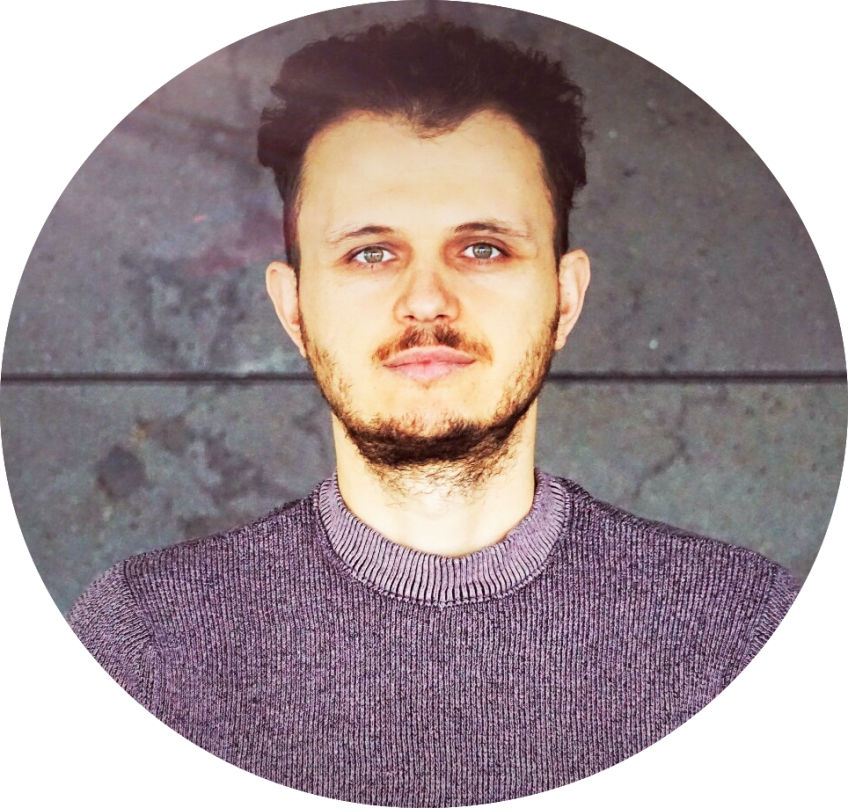
Elson Zguri about Albania
Children’s day is celebrated in Albania on every 1st of June. The World Conference on Child Welfare in 1924 is considered the birth of International Children’s Day. The United Nations adopted the Convention on the Rights of the Child on 20 November 1989. The adoption of the Law on the Rights and Protection of the Child in March 2017 was truly a remarkable achievement for Albania and it caught a lot of attention from the media.
1st of June is used by many ex-Soviet and ex-communist countries as ’The International Day for Protection of Children’ and was established on June 1st, 1950 following the Women’s International Democratic Federation’s congress in Moscow that took place in 1949. Every year, on this date, there were celebrations in all schools as well as many activities organized by municipalities and children centres all across the country.
In Albania, there are social services for the children officially established by the state but still more steps are to be taken to eliminate phenomena such as domestic violence against children or child labour often related to the dramatic financial situation of the families. According to reports from NGOs in Albania, there are around 50,000 children who work. This is especially true for Roma families. Roma children are often objects of social discrimination and economic disadvantage, which contributes to their high degree of absenteeism in public schools. Also, the problem of child trafficking is a major worry in Albania.
Another day that is dedicated to the children in Albania is April 12 which is the International Day for Street Children.
Today Children’s day on 1st of June is celebrated in Albania in the same way as it was since 1950. The schools are organizing festive events, where children sing together, dance, and do sportive games.
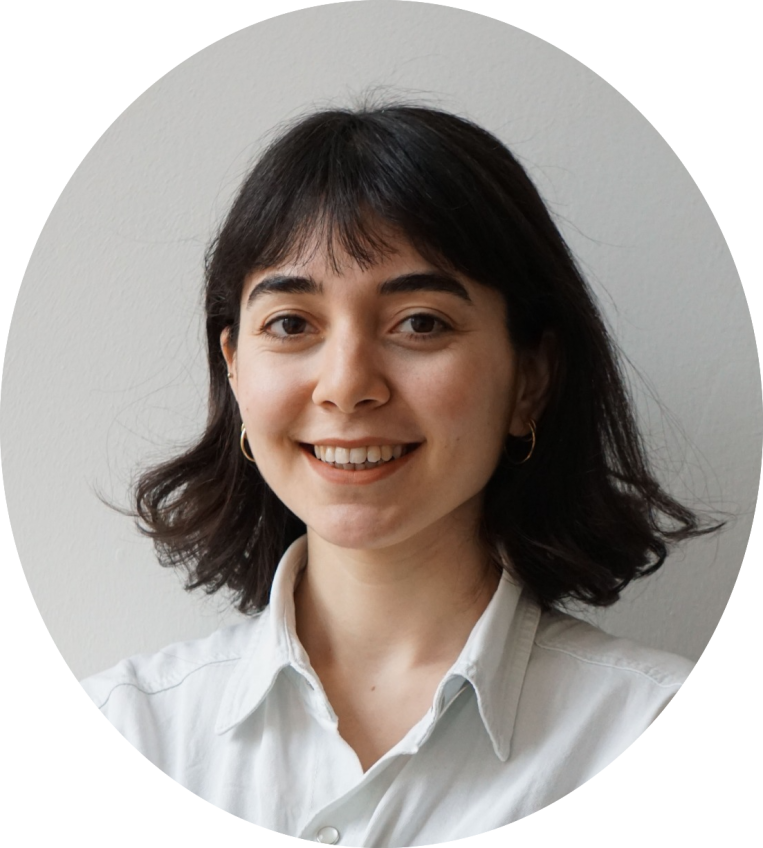
Dilşad Aladağ about Turkey
Recognizing the “Declaration of the Rights of the Child Rights” both from 1924 and 1959 indicates that the rights of the children were part of the Republic of Turkey’s political agenda from the very beginning of the existence of the republic. Moreover, in December 1990 the “Convention on the Rights of the Child” was recognized by Turkey and monitoring and reporting projects were maintained since that day by the International Children’s Center. Although concrete steps had been taken by Turkey to constitute a safe environment for childhood and to acknowledge children’s rights, in the current political discourse, children are dealt with as part of the family under Minister of Family, Labour, and Social Services.
There are difficulties on many levels for different children groups in Turkey which are linked to increasing migration flows, growing economic and social problems. Nowadays, one of the most affected children group is definitely the refugee children group. In refugee camps and big cities, they have problems in terms of accessibility of health and educational facilities, growing threat of abuse and poverty. Moreover, integration into the social life confronts refugee children with discrimination at public spaces and institutions, both by their peers and by adults. There are numerous NGOs work with children from different age groups to teach language and support them through education. Furthermore, children from different ethnic backgrounds being cheap labour in the agricultural industry is another issue that has been remarked. Besides the heavy workload, withdrawing education is a challenging situation. Lastly, children’s access to the city is narrowing down every day parallel to the rapid urbanization of big cities. Besides the physical and psychological outcome of inaccessibility to outdoor space, this situation segregates children and holds them back from socialising with diverse groups by keeping children in clusters which are usually extensions of their family.

Nick Rovers about the Netherlands
Child protection in the Netherlands is enforced by social laws. The first social law ever to be implemented in the Netherlands was in fact for Child protection, prohibiting child labour in 1874. This was followed up by the ‘child laws of 1901’ which obliged parents to provide and take care of children in a certain way, and if they did not meet these duties they would lose the parenthood over the kids. From this moment on the children’s welfare was a big priority and child protection became its own department within the Ministry of Justice and Safety. In the 1970s the Child protection department of the ministry started the Child Care Bureau which helps families with their home situations (for free) if needed. They also started an advice and reporting hotline for child abuse, a free number where everyone can report their suspicions of unhealthy family situations. Then the bureau will make an investigation to see how they at first can improve the situation (if necessary), and if nothing helps they are allowed to withdraw the parents from their parenthood and in the most extreme cases, take the child away.
Also in 1974, the ‘child phoneline’ (Kindertelefoon) got created, which is a free phone number, every child can anonymously call, for advice about every problem they might experience regarding their home situation, social life, sexuality, love, school etc.. It’s also arranged with the phone companies that this phone number doesn’t show up at the phone bills so parents can’t know their child called the child phoneline. Every child learns about this phone number at school from kindergarten on, so that it’s made sure that every child knows about the existence. Without the permission of the child, the people on the other side won’t act, so that the child knows he can talk about anything without any consequences.
Alongside all this, it became mandatory for all children in primary school to get defence training and practice in how to act in certain situations, like abuse or when somebody tries to kidnap you. This is all because of the still unsolved rape and murder on 11year old Maria Kessels who was abducted in a church in 1900, therefore this project is also named after her.
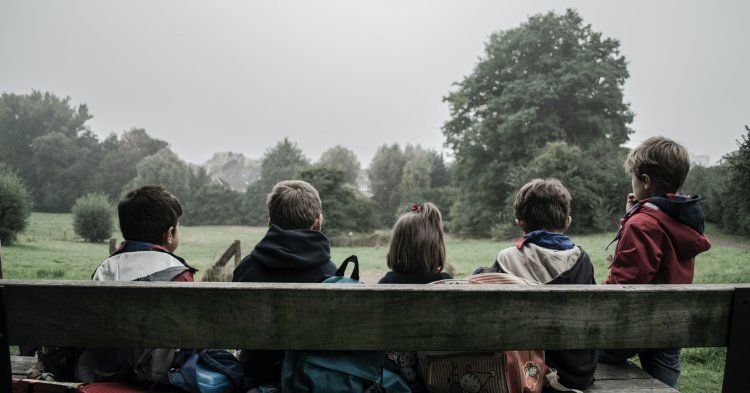
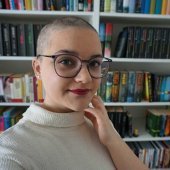




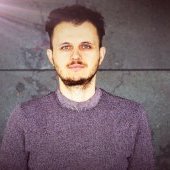


Follow the comments: |
|
